In the historic city of Puri, one of the most significant events in the Hindu calendar begins with the grand festivities, festivities and devotions of Rath Yatra. This annual Rath festival, dedicated to Lord Jagannathan , his sister goddess Subhadra and his elder brother Lord Balabhadra , attracts millions of devotees from around the world to witness the divine journey of the deities. This Rath Yatra of Puri has some mythological significance, which is discussed below.
The Origins and Significance of Rath Yatra
The Rath Yatra, also known as the Festival of Chariots, is a centuries-old tradition that celebrates the journey of the deities from their abode, the Jagannath Temple, to the Gundicha Temple, their aunt’s home, situated 3 kilometers away. This journey symbolizes the annual visit of Lord Jagannath to his birthplace, commemorating his love and compassion for his devotees. The festival’s roots trace back to ancient times, with references found in Hindu scriptures such as the Skanda Purana, Brahma Purana, and Padma Purana. The event is a reenactment of a journey taken by Lord Krishna, who is considered an incarnation of Lord Jagannath, emphasizing the cycle of life, death, and rebirth.
Preparations and Rituals
Preparations for the Rath Yatra begin months in advance. The chariots, named Nandighosa (Lord Jagannath), Taladhwaja (Lord Balabhadra), and Darpadalana (Goddess Subhadra), are constructed anew every year using wood from specified trees, following age-old rituals and customs. The construction is overseen by skilled carpenters and artisans, who consider this task a sacred duty passed down through generations. The sight of these colossal chariots, adorned with colorful fabrics, flowers, and divine symbols, is a breathtaking spectacle that fills the air with spiritual energy. Each chariot has its unique design and dimensions, symbolizing different aspects of the deities they represent. Nandighosa, the chariot of Lord Jagannath, stands the tallest with 18 wheels, symbolizing the all-encompassing nature of the deity.
As the festival began, the Gajapati Maharaja of Puri, considered the first servitor of Lord Jagannath, performed the Chhera Pahanra, a ritual of sweeping the chariots with a golden broom, signifying the removal of any ego and the humbling of oneself before the divine. This ritual embodies the essence of equality and humility, as even the king becomes a servant of the Lord during the Rath Yatra.
The Grand Procession: A Sea of Devotion
Amidst the chanting of hymns, rhythmic beats of traditional drums, and the blowing of conch shells, the deities were brought out of the temple in a ceremonial procession called Pahandi Bije. The atmosphere was charged with devotion as devotees, with tears of joy and hands folded in reverence, caught a glimpse of their beloved Lord Jagannath. The chariots, pulled by thousands of devotees with ropes, moved slowly through the streets of Puri. The act of pulling the chariots is considered highly auspicious, with devotees believing it to be a way to attain spiritual merit and blessings. The journey to the Gundicha Temple takes several hours, with the chariots stopping at various points along the way to allow devotees to offer their prayers and seek blessings.
Cultural Performances and Festivities
The Rath Yatra is not just a religious event; it is a celebration of faith, unity, and the timeless traditions that bind communities together. Throughout the festival, the streets of Puri come alive with cultural performances, including traditional dances, music, and drama, depicting various episodes from the life of Lord Jagannath and other deities. Local artisans set up stalls, offering a variety of handicrafts, souvenirs, and delectable local delicacies, adding to the festive spirit. In addition to the religious fervor, the Rath Yatra also serves as a platform for showcasing the rich cultural heritage of Odisha. Performers from different parts of the state participate in the festivities, presenting folk dances like Gotipua, Odissi, and Chhau, each narrating stories from mythology and history. These performances not only entertain but also educate the younger generations about their cultural roots.
The Nine Days of Respite at Gundicha Temple
Once the deities reach the Gundicha Temple, they stay there for nine days, a period known as the Gundicha Ratha Yatra. During this time, the temple becomes the epicenter of devotion, with continuous chanting, rituals, and offerings. Devotees believe that visiting the deities at the Gundicha Temple is especially auspicious, as it signifies receiving the blessings directly from their birthplace.
The nine days are filled with various rituals, including Sandhya Darshan (evening prayers) and Mahaprasad (sacred food offering). The deities are adorned in different attires each day, symbolizing different forms and moods, providing a unique darshan (viewing) experience for the devotees. The entire atmosphere is infused with spirituality and festivity, making it a transformative experience for the attendees.
The Return Journey: Bahuda Yatra
After nine days of residing at the Gundicha Temple, the deities will return to the Jagannath Temple in a similar grand procession known as Bahuda Yatra. This marks the conclusion of the Rath Yatra festival, with devotees eagerly participating in the return journey, ensuring the same level of devotion and enthusiasm as during the departure.
The return journey is marked by significant rituals, including the offering of Poda Pitha, a special type of cake believed to be a favorite of Lord Jagannath. As the chariots approach the main temple, they stop at the Mausi Maa Temple, where the deities are offered this special delicacy, symbolizing the divine maternal affection.
Conclusion
The Rath Yatra of 2024 has once again showcased the unifying power of faith and tradition. As the chariots make their way back to the Jagannath Temple, they leave behind a trail of blessed memories and spiritual rejuvenation for the millions who participated in this divine journey. The festival continues to inspire and unite people, transcending geographical and cultural boundaries, and reminding everyone of the enduring power of faith and devotion.
As the sun sets on another glorious Rath Yatra, the chants of “Jai Jagannath” echo through the hearts of devotees, reaffirming their unwavering devotion and the timeless bond with the divine. The Rath Yatra is not just a festival; it is a living testament to the enduring spiritual legacy of Hinduism, celebrating the eternal journey of the soul towards the divine.

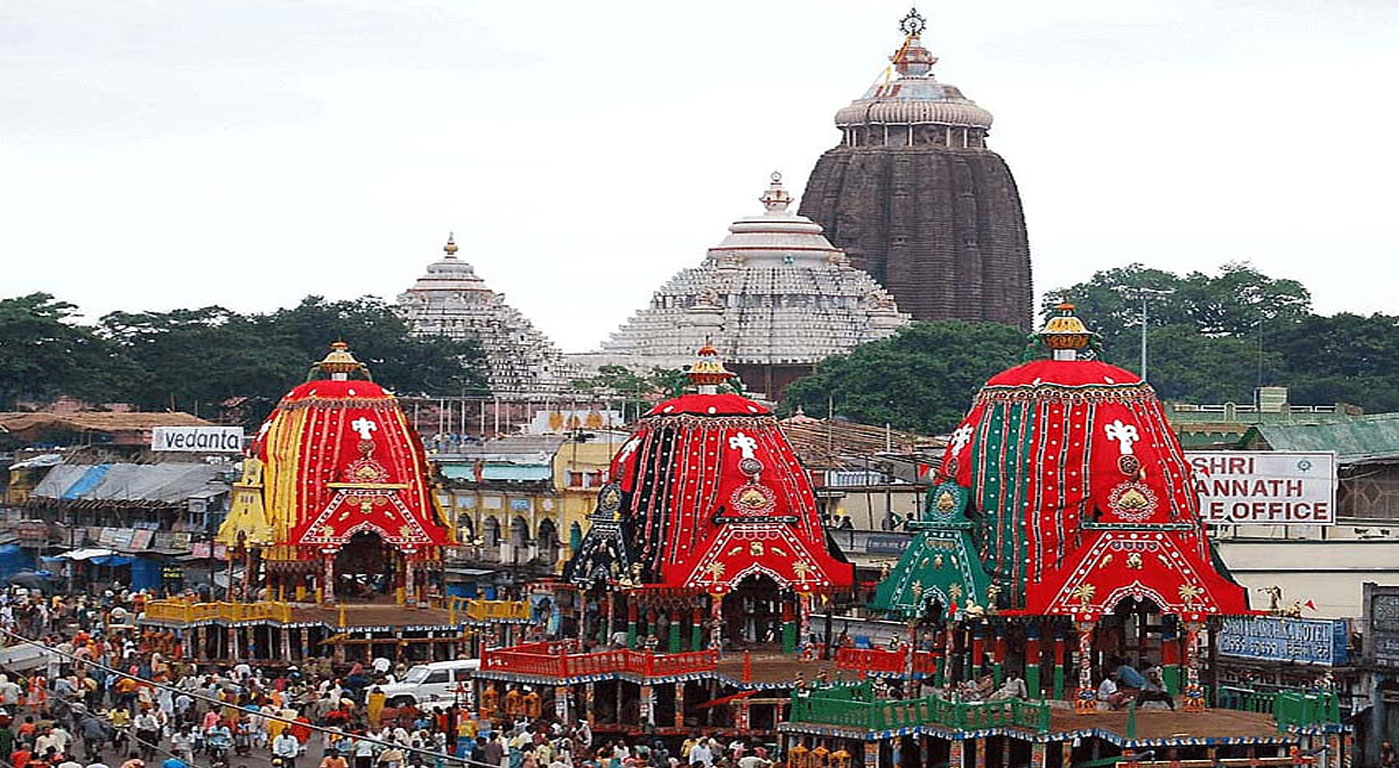
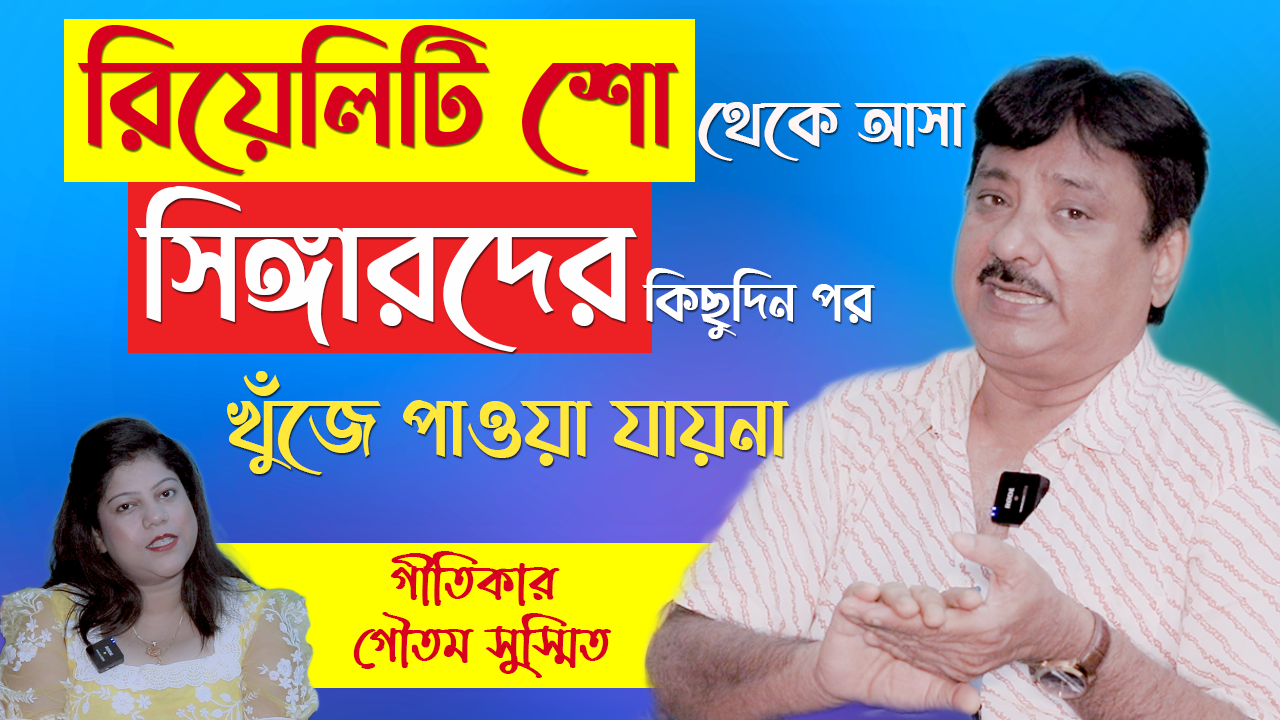

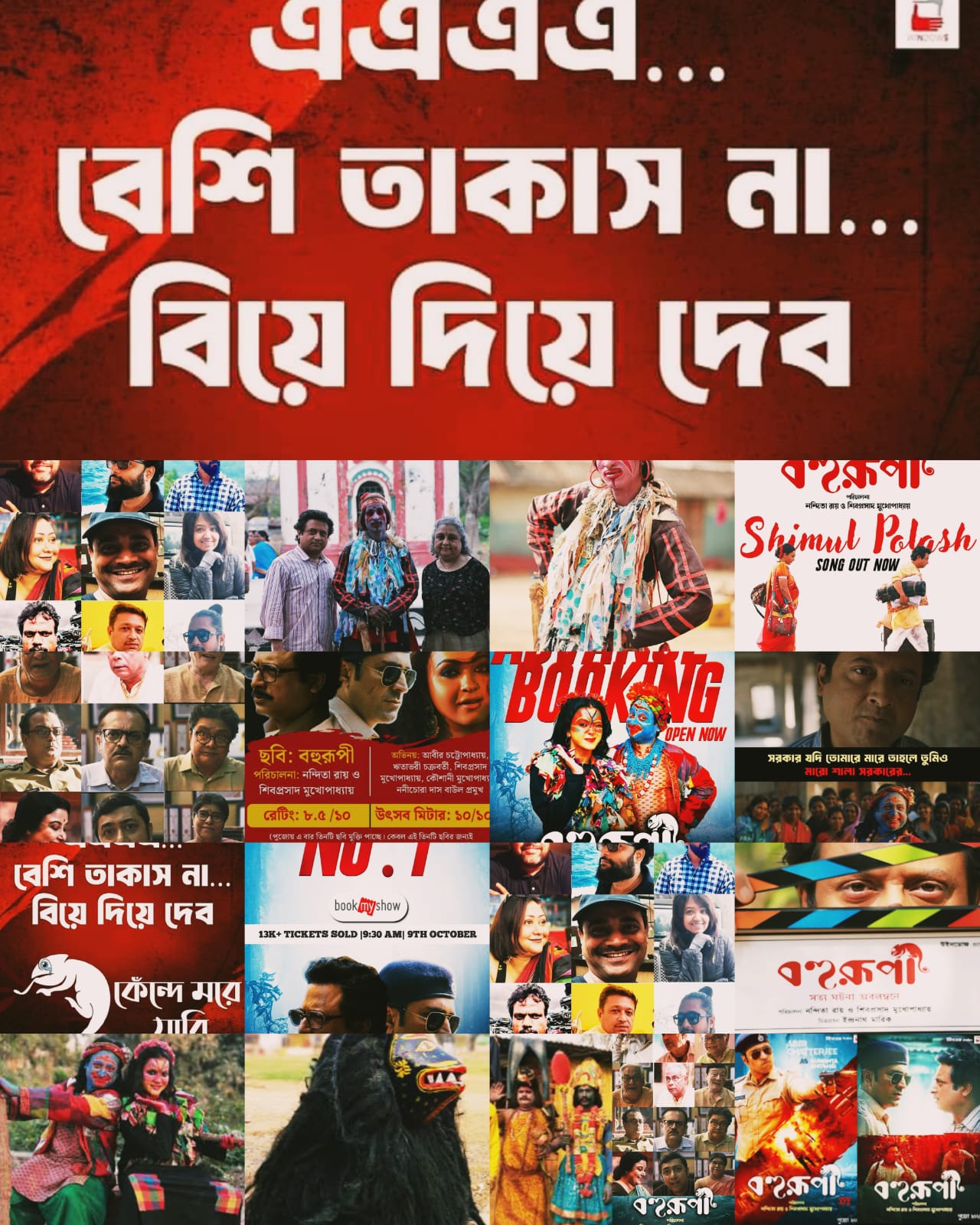
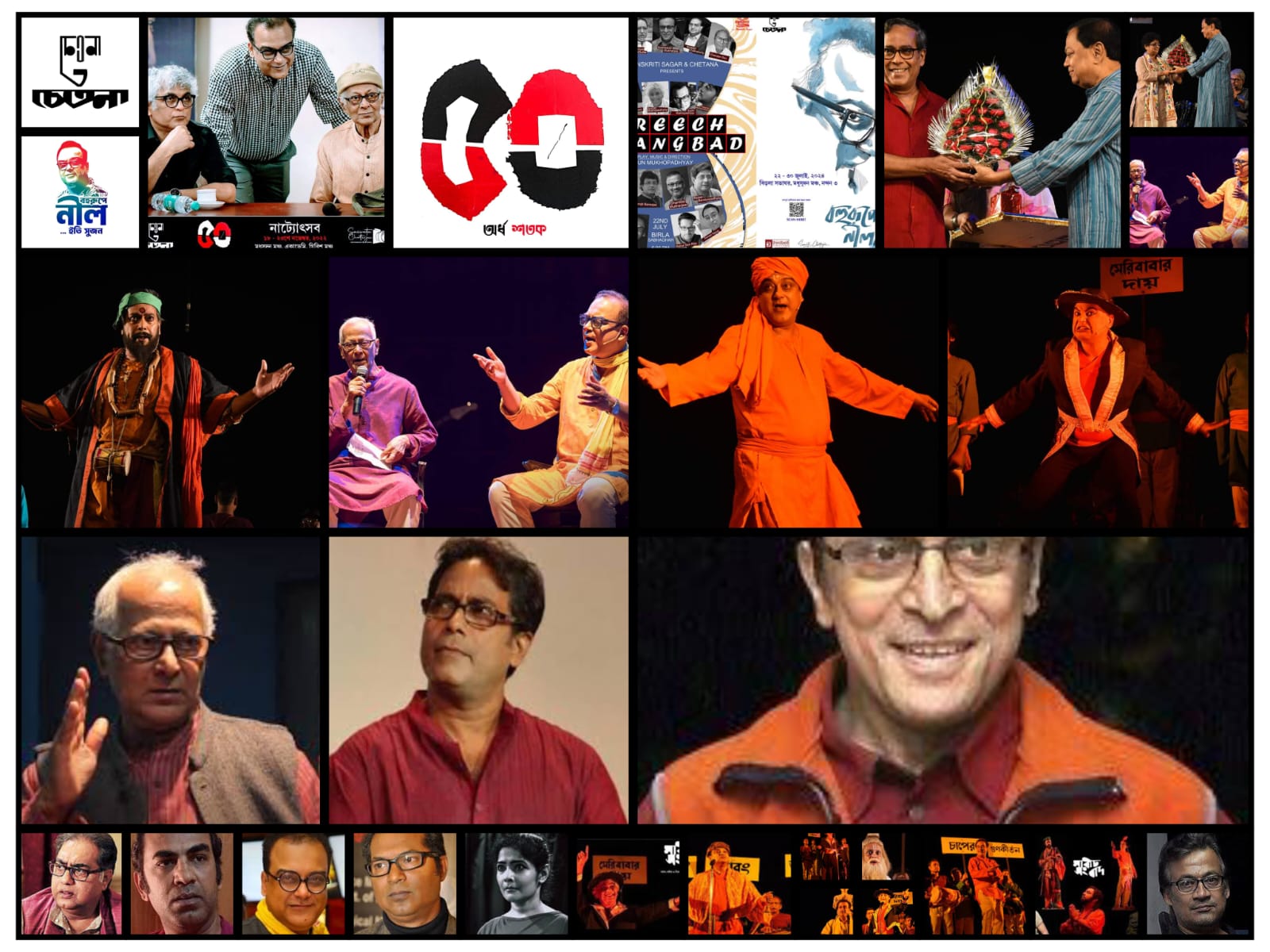

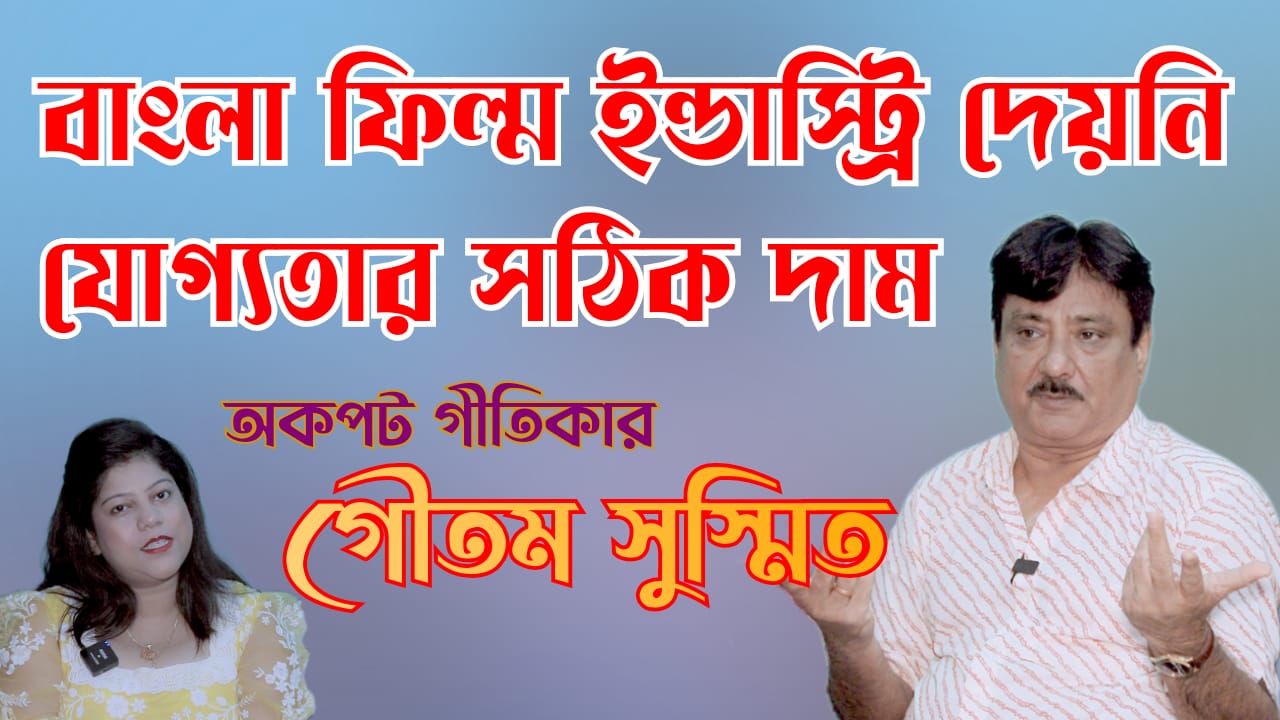

2 thoughts on “Rath Yatra : Mythological Significance of the Divine Rath Yatra of Puri”
I have been browsing online more than three hours today yet I never found any interesting article like yours It is pretty worth enough for me In my view if all website owners and bloggers made good content as you did the internet will be a lot more useful than ever before
Thank you for the auspicious writeup It in fact was a amusement account it Look advanced to more added agreeable from you By the way how could we communicate